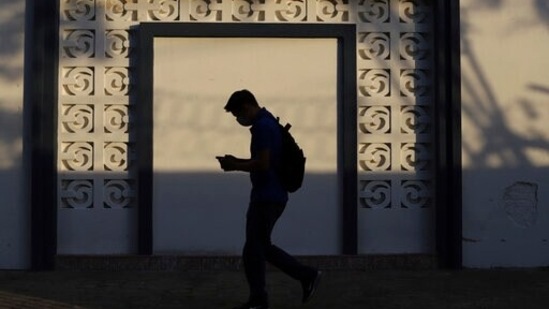Covid-19: What you need to know today
The best time to prepare for the next pandemic is soon after seeing the current one off.
A report released on Wednesday on what went wrong with the world’s (and the World Health Organization’s) response to the coronavirus disease doesn’t have any surprising revelations. The report, prepared by the Independent Panel for Pandemic Preparedness and Response (IPPPR) that was set up after various WHO members demanded it, lists some suggestions on preparing for the next pandemic, including the creation of a Global Health Threats Council (its members will be heads of state, and also from civil society and the private sector), and an International Pandemic Financing Facility which will be funded by rich countries to the tune of $5-10 billion a year, and which will help countries prepare for or manage pandemics, that, while not entirely new (again), do seem like good moves. The best time to prepare for the next pandemic is soon after seeing the current one off.

Click here for complete Covid-19 coverage
The report terms February 2020 the lost month – if WHO had acted then, or if countries had, the trajectory of the pandemic is likely to have been very different from one that has, over the 17 months since January 1, 2020, caused 161 million infections and 3.34 million deaths around the world. The actual numbers of the infected and the dead are likely to be much higher. On January 14, 2020, WHO claimed, on the basis of investigations carried out by Chinese health authorities, that there was “no clear human-to-human transmission”. A week later, it changed its position, and said there was possibility of “sustained” human-to-human transmission. It delayed declaring a public health emergency till January 31, and terming the outbreak a pandemic till March 11. It wasn’t until June that the multilateral health agency would issue a proper advisory on masks (which it did not recommend till then). And while it did accept the possibility that the virus could be airborne last year, it wasn’t until earlier this year that it changed its guidelines to include this. Most worryingly, though this period, WHO has made no headway in figuring out the origin of the virus which first appeared in Wuhan, China.
The debate over whether the virus was made in a lab, or evolved in nature, is ongoing, and more research is needed before a definite answer can be provided. In early May, science writer Nicholas Wade summarised the research so far, laying out the cases for and against either scenario. Wade’s article, published in Medium, leans towards the lab argument, but it isn’t a conspiracy theory. Instead, he presents a cogent scientific argument built around three strands. One, provenance, or how, if the virus was naturally found in the famous horseshoe bats of Yunnan, it travelled all the way to Wuhan, at least 1,500km away; evolution, or how the Sars-CoV-2 virus, which causes the coronavirus disease, came fully evolved to optimally target humans, unlike the Sars-CoV virus, responsible for South Asia Respiratory Syndrome, that evolved over time to become efficient at targetting humans; and finally, the unique furin cleavage site that the virus possesses, not found in other betacoronaviruses, and activated by an enzyme, furin, commonly found in human cells.
The furin cleavage site has figured in this column previously because it is truly unique. The spike protein of Sars-CoV2 has three parts – S1, S2, and a cleavage site at the boundary. Furin cleaves the two, and the S1 site then attaches to the ACE receptor (also found commonly on the surface of human cells), a binding that facilitates the entry of the viral protein into the human cell. You can read Wade’s piece (I’d recommend it) at nicholaswade.medium.com
PS: There are reports that the Indian Council of Medical Research (ICMR) could meet on Friday to discuss the use of convalescent plasma therapy, something it (rightly) recommended against last year. Yet, its use has continued, and it has been heartbreaking to see people scramble for something that isn’t going to help them. A high level of antibody (AB) titer is required for the therapy to be effective in the case of Covid-19, and this isn’t found in the case of most plasma. While at it, ICMR should also issue strict guidelines on the right context for the use of remdesivir, and steroids.
PPS: The National Expert Group on Vaccine Administration for Covid-19 (NEGVAC), on Thursday, accepted a recommendation that the gap between two doses of Covishield be increased to 12-16 weeks, from the current 6-8 weeks. This is a long-overdue move because there’s enough research to show that a gap of 12 weeks or more between doses has the most optimal impact on the vaccine’s efficacy, increasing it to 82.4% (protection against serious illness). The change will allow India to vaccinate more people. The first target is 375 million people who have received at least one dose of the vaccine. The sooner India reaches that number, the lower the chances of a strong third wave of the pandemic.






